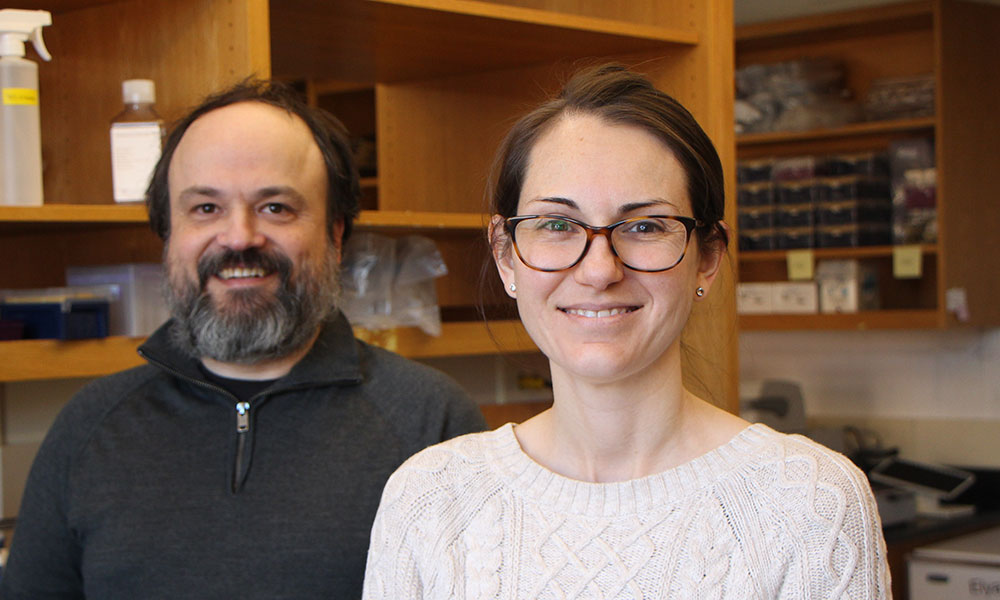MCB faculty Carolyn Elya has recently published a paper in eLife exploring the genome of the fly-infecting fungus Entomophthora muscae. The fungus is best known for turning its insect victims into “zombies,” forcing the flies to climb up high, and then exploding out of their bodies. In the eLife study, Elya and her colleagues assembled a 1.03 Gb assembly of the E. muscae genome, analyzed which proteins the genome is likely to encode, and compared those results to genomes of related fungi, many of which are also insect parasites. The work was one of Elya’s projects from her postdoctoral training in Benjamin de Bivort’s lab in OEB. Her collaborators include scientists from the Jason Stajich of University of California Riverside, who co-led the study. Co-authors from the Kasson Lab, Lovett Lab, and de Fine Licht Lab also contributed. The paper establishes that E. muscae has one of the largest known genomes in the fungal kingdom and raises many questions about why the genome is so sprawling.
Like many of its relatives, E. muscae’s genome contains many regions with extensive repeating sequences. The size of these genomes, along with the substantial amount of repetition, are one of the reasons relatively few genetic analyses have been conducted in this family of fungi. In E. muscae’s case, the genome is more than 90% repeated sequences. Elya and her colleagues concluded that E. muscae and its kin largely owe their repetitive genomes to retrotransposon activity, which are genetic elements that are copied through reverse transcription and added back into the genome in new locations.
Elya and her colleagues looked into which protein families are overrepresented in the E. muscae genome and the genomes of the other related fungi. Many of the protein families that were enriched in E. muscae appear to play a role in breaking down its insect host tissues. Another protein family likely helps the fungal pathogen metabolize sugars in its host’s blood.
The research team also identified putative light-sensing proteins in the genome, which may help explain why certain fungal behaviors occur at specific times of day. For instance, summiting behavior, where the fungus causes infected flies to clamber up to high points before the spores burst out occurs in late afternoon in E. muscae.
Overall, the results indicate that E. muscae diverged from its closest relatives through expanding particular gene families, rather than losing genes outright.
The new analysis also suggests that future studies on E. muscae and related fungi should use genetic barcoding for identification in combination with morphological characters, the latter which have long been the main criteria for species identification within this fungal order.
“This is just the beginning of the exploration of E. muscae and its relatives’ genomes” Elya says. “There is a lot to dig into with the TE [transposable element] proliferation: how closely related are the sequences that drove expansion across species? What drove this activity? Why would such a bloaty genome persist over evolution? We also see other parasitic genomes that have expanded due to TE activity, so there is a big question as to the relationship between big genomes and parasites (e.g., do big genomes set the stage for specialist parasites?)”
Congratulations to Professor Elya and her colleagues!


